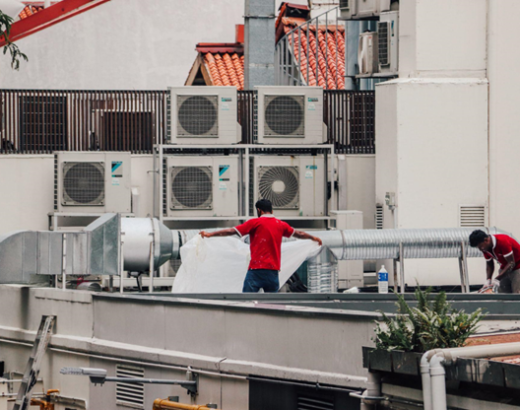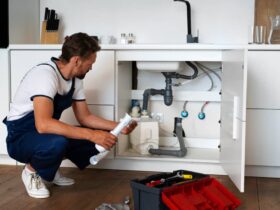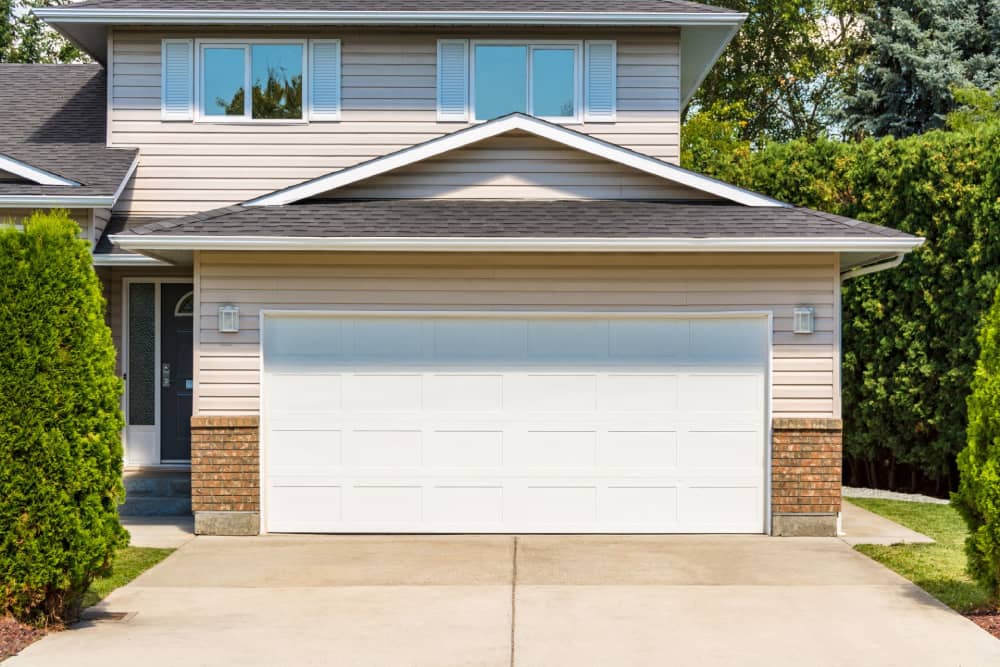If you’re planning new home construction, one of the most important aspects elements is the HVAC system. After all, this will be responsible for keeping your home comfortable year-round. The process can be fairly involved, so it’s important to be prepared for it. The good news is that most new construction HVAC systems are designed to be very efficient, so you can expect to save more on energy bills once the new system is up and running.
Here’s how the process works during new construction HVAC installation:
Determining the Proper HVAC Sizing for Your Home
The first thing HVAC experts will do is determine the proper HVAC sizing for your home. This is important because an undersized or oversized system can lead to a number of problems, including decreased efficiency and increased wear and tear. Several factors are taken into account when making this determination, such as:
- The size of your home
- The number of occupants
- Local climate
- Your new home’s expected insulation levels
- The type of windows in your new home
HVAC experts at Efficientairservice.com note that these factors will all play a role in how much heating and cooling your home will need. Once the proper sizing has been determined, your HVAC contractor can now help you choose the right high-efficiency, Energy-Star rated HVAC system for your home.
Choosing the Right Spot for Your Outdoor AC Unit
Another crucial step is choosing the right location for the outdoor AC unit. The HVAC expert will pick a spot that’s as close to level as possible and also make sure there’s plenty of clearance around the unit itself. This will ensure that your AC unit has proper airflow and doesn’t overheat. Additionally, they’ll ensure that the outdoor AC unit is well-protected from the elements, like wind, rain, and snow.
Outdoor AC units should be kept away from bedroom windows, as the notice produced by the unit can be disruptive when you’re trying to sleep. They should also be kept away from any areas where there might be a lot of foot traffic, as this could potentially damage the unit. The spot should also be easily accessible for inspections, maintenance, and repairs.
Installing Adequate Insulation for Your Air Ducts
You should also expect your contractor to install adequate insulation for your air ducts. This is important because it helps keep the air temperature in your home consistent. It also helps to reduce noise from your HVAC system and can even save you money on your energy bills. The type of insulation used will vary depending on the climate in your area and the type of HVAC system you have.
HVAC experts recommend you opt for quality insulation with a high R-value that will last a long time. This is especially important in regions with extreme temperatures. Some common types of insulation used for HVAC systems include fiberglass, cellulose, and spray foam. Professional ductwork installation is vital to avoid leaks, drafts, and other potential problems.
Your contractor should also install a dehumidifier in your ductwork system. This is important because it helps to remove excess moisture from the air. Excess moisture can lead to mold growth and other problems in your home. Dehumidifiers help to keep the air in your home dry and comfortable.
Choosing the Right Design for Your HVAC System

To ensure maximum efficiency and effectiveness, it is important to consider the design of your HVAC system. The expert will want to consider various factors like the location of air supply vents and return registers, the size of the house, and more. They’ll also want to know about your preferences for temperature, humidity levels, and indoor air quality. With this information, they can help you choose a system design that will work well for your home.
The latest HVAC systems are designed with energy efficiency in mind. This means that they will use less energy to heat and cool your home, saving you money on your utility bills. New construction HVAC systems are also designed to be more durable and reliable than older models, so you can expect them to last for many years. Pick a design that will work well for your home and your budget, and you’ll be able to enjoy comfortable temperatures year-round.
Professional Installation of the HVAC System
After the HVAC system and design has been determined, the next step is to have it professionally installed by a licensed contractor. This is an important step in the process because proper installation is essential for the system to function properly and efficiently. The installation will involve running ductwork throughout the house, which will be hidden behind walls and in ceilings. The contractor will also install the outdoor unit, which is typically located on the side or back of the house.
Once the installation is complete, the contractor will test the system to ensure it’s working properly. They’ll also go over the system’s operation with you and provide any maintenance recommendations. Once it’s up and running, you can enjoy the comfort and peace of mind that comes with having a new HVAC system in your home.















